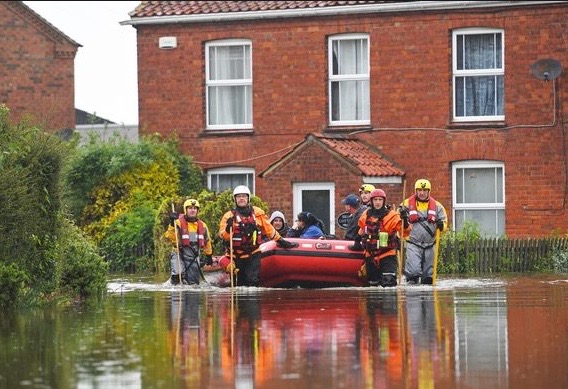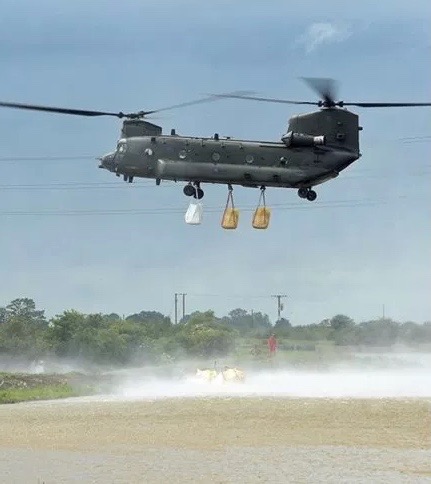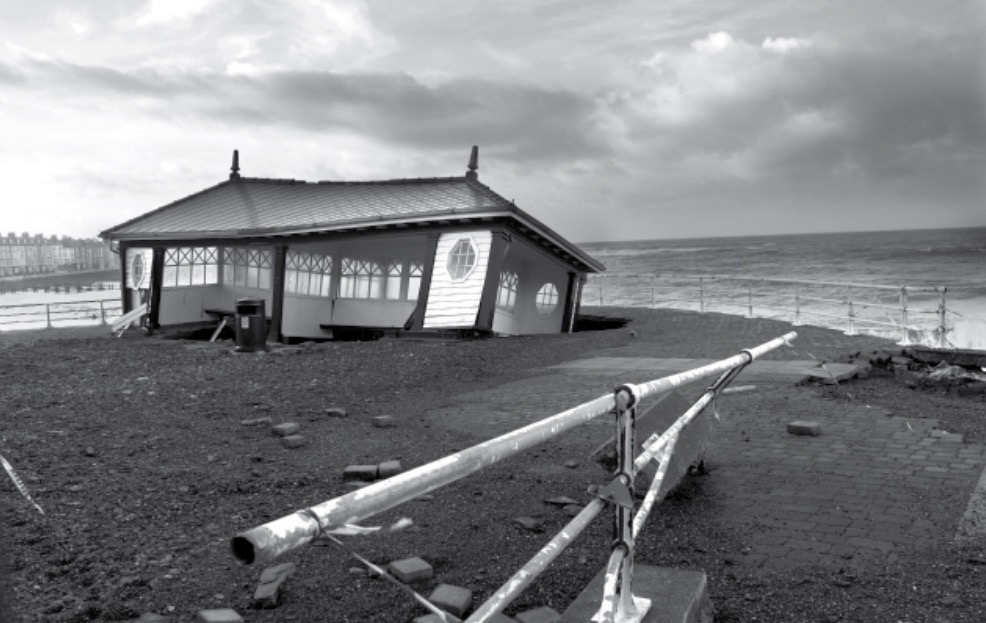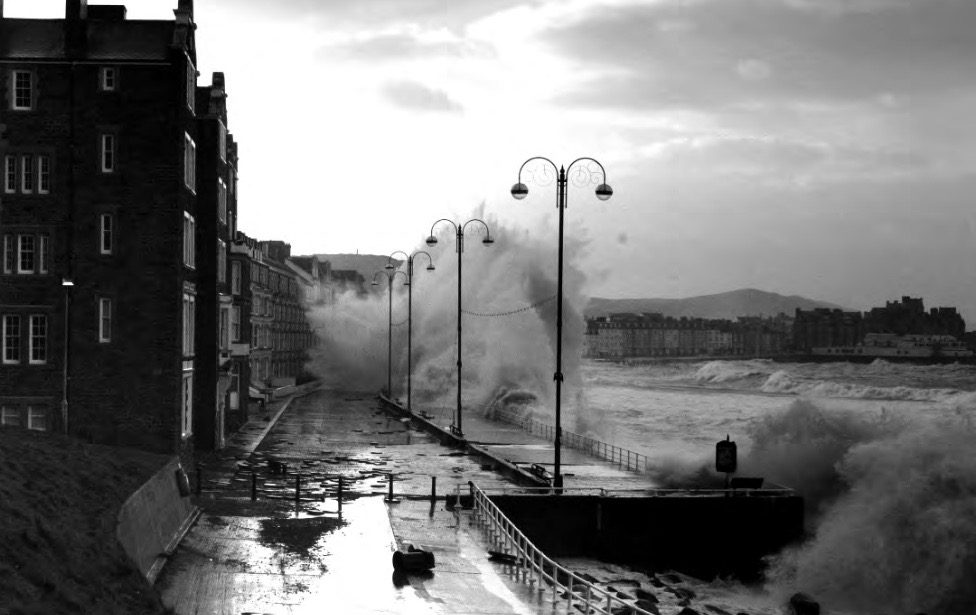Coping with change: designing and building for climate instability
Chinooks Ferrying in Ballast at Wainfleet
Flattened towns and villages, exclusion zones, states of emergency, a military presence, evacuated families, temporary shelters, lost homes, businesses, pets and memories have dominated the headlines over the past few weeks. But these reports haven’t told the stories of far-off, war-torn countries. These events are much closer to home. They are the stories of the first UK coastal communities to suffer the consequences of climate change.
Just a few miles from Skegness, Wainfleet in Lincolnshire experienced flooding in June when the River Steeping burst its banks after two months of rainfall fell in just two days. Over 1000 people were told to leave their homes as RAF Chinook helicopters circled overhead, dropping 270 tonnes of ballast in an attempt to repair the bank. The clean-up is expected to take months as emergency planners begin the recovery phase of their operation and volunteers are recruited.
Over in Wales, Fairbourne, “a thriving and joyously eccentric” village is to become the first community in the UK to be lost to climate change. Despite recently improved sea defences, increasingly regular flooding is expected to render Fairbourne uninhabitable by 2045. As the council draws up its plan to decommission the village – and with little prospect of the villagers receiving any compensation or financial help with resettlement - residents fear becoming the UK’s first climate change refugees.
Climate change has gathered momentum; we are experiencing the consequences of human decisions and behaviours from past decades and now it is too late to halt. Coastal erosion, and coastal and inland flooding will become our new normal and something we will need to adapt to; we can’t afford to respond to each downpour as if it is the outbreak of war.
According to the Environment Agency’s National Assessment of Floodrisk:
In all, around 5.2 million properties in England, or one in six properties, are at risk of flooding. More than 5 million people live and work in 2.4 million properties that are at risk of flooding from rivers or the sea, one million of which are also at risk of surface water flooding.
What are our options? We can’t all head for the hills – and the reality is that most don’t want to. Back in Fairbourne, both young and old express a desire to remain in their village and community. As one resident put it, ‘you decommission a factory, not a village of humans’.
Clearly new solutions must be sought. If we are to rely on the design and construction of houses and offices from the past century, we will fail. Modern, agile, resilient buildings offer an opportunity to work with, rather than against, higher sea levels, rivers, and coastal erosion. But they require us to stop putting our faith in bricks and mortar and the false sense of security these sturdy, fixed buildings bring when they are not designed to withstand flooding.
When we finally acknowledge traditional buildings are no longer fit for purpose, and embrace more flexible spaces, we will rise to the challenges of climate change. Amphibious and floating buildings are designed to adapt to rising water levels, enabling communities to continue to live and work during the impending climate instability. As well as resilience, these buildings offer versatility by being easily relocatable, allowing people to respond to coastal erosion or empowering them to relocate to a new part of the world.
If we embrace a new type of building, we can still look forward to a future where we live and work in Wainfleet, before retiring to the thriving Welsh coastal village of Fairbourne.







